

Security in Email
#SMIME
S/MIME (Secure / Multipurpose Internet Mail Extensions) is a standard for public key encryption and signing of e-mail encapsulated in MIME.
S/MIME is on an IETF standards track and defined in a number of documents, most importantly RFCs. S/MIME was originally developed by RSA Data Security Inc. The original specification used the recently developed IETF MIME specification with the de facto industry standard PKCS #7 secure message format.
S/MIME provides the following cryptographic security services for electronic messaging applications: authentication, message integrity and non-repudiation of origin (using digital signatures) and privacy and data security (using encryption). S/MIME specifies the application/pkcs7-mime (smime-type "enveloped-data") type for data enveloping (encrypting): the whole (prepared) MIME entity to be enveloped is encrypted and packed into an object which subsequently is inserted into an application/pkcs7-mime MIME entity.
S/MIME functionality is built into the vast majority of modern e-mail software and interoperates between them.
#PGP
Pretty Good Privacy (PGP) is a computer program that provides cryptographic privacy and authentication. PGP is often used for signing, encrypting and decrypting e-mails to increase the security of e-mail communications. It was originally created by Philip Zimmermann in 1991.
PGP and other similar products follow the OpenPGP standard (RFC 4880) for encrypting and decrypting data.
PGP encryption uses a serial combination of hashing, data compression, symmetric-key cryptography, and, finally, public-key cryptography; each step uses one of several supported algorithms. Each public key is bound to a user name and/or an e-mail address. The first version of this system was generally known as a web of trust to contrast with the X.509 system which uses a hierarchical approach based on certificate authority and which was added to PGP implementations later. Current versions of PGP encryption include both options through an automated key management server.
-Compatibility-
As PGP evolves, PGP systems that support newer features and algorithms are able to create encrypted messages that older PGP systems cannot decrypt, even with a valid private key. Thus, it is essential that partners in PGP communication understand each other's PGP capabilities or at least agree on PGP settings.
-Digital signatures-
PGP supports message authentication and integrity checking. The latter is used to detect whether a message has been altered since it was completed (the message integrity property), and the former to determine whether it was actually sent by the person/entity claimed to be the sender (a digital signature). In PGP, these are used by default in conjunction with encryption, but can be applied to plaintext as well. The sender uses PGP to create a digital signature for the message with either the RSA or DSA signature algorithms. To do so, PGP computes a hash (also called a message digest) from the plaintext, and then creates the digital signature from that hash using the sender's private keys.
Security in Web
#SSL
What is SSL?
SSL is the ubiquitous security protocol used in almost 100% of secure Internet transactions. Essentially,SSL transforms a typical reliable transport protocol (such as TCP) into a secure communications channel suitable for conducting sensitive transactions.i The SSL protocol defines the methods by which a secure communications channel can be established—it does not indicate which cryptographic algorithms need to be used. SSL supports many different algorithms, and serves as a framework whereby cryptography can be used in a convenient and distributed manner.
Any application that needs to transmit data over an unsecured network such
as the Internet or a company intranet is a potential candidate for SSL. SSL provides security, and moreimportantly, peace of mind. When using SSL, you can be fairly sure that your data are safe from eavesdroppers and tampering.
SSL is relatively new to the embedded world because it has been too complex for traditional embeddedsystems microprocessors to handle. However, starting with Rev. A of the Rabbit 3000 microprocessor, hardware assistance has been added to speed up some of the more complex SSL cryptography operations, making SSL a viable solution in a market where standard (usually complex) security protocols have not traditionally been supported. The applications for embedded applications are as numerous as those for the PC world.
#SSH
Secure Shell or SSH is a network protocol that allows data to be exchanged using a secure channel between two networked devices.[1] Used primarily on Linux and Unix based systems to access shell accounts, SSH was designed as a replacement for Telnet and other insecure remote shells, which send information, notably passwords, in plaintext, leaving them open for interception.[2] The encryption used by SSH provides confidentiality and integrity of data over an insecure network, such as the Internet.
SSH uses public-key cryptography to authenticate the remote computer and allow the remote computer to authenticate the user, if necessary.
SSH is typically used to log into a remote machine and execute commands, but it also supports tunneling, forwarding TCP ports and X11 connections; it can transfer files using the associated SFTP or SCP protocols.SSH uses the client-server model.
The standard TCP port 22 has been assigned for contacting SSH servers.
An SSH client program is typically used for establishing connections to an SSH daemon accepting remote connections. Both are commonly present on most modern operating systems, including Mac OS X, Linux, FreeBSD, Solaris and OpenVMS. Proprietary, freeware and open source versions of various levels of complexity and completeness exist.
#HTTPS
Hypertext Transfer Protocol Secure (HTTPS) is a combination of the Hypertext Transfer Protocol with the SSL/TLS protocol to provide encryption and secure identification of the server. HTTPS connections are often used for payment transactions on the World Wide Web and for sensitive transactions in corporate information systems. HTTPS should not be confused with Secure HTTP (S-HTTP) specified in RFC 2660
#SFTP
SFTP, or secure FTP, is a program that uses SSH to transfer files. Unlike standard FTP, it encrypts both commands and data, preventing passwords and sensitive information from being transmitted in the clear over the network. It is functionally similar to FTP, but because it uses a different protocol, you can't use a standard FTP client to talk to an SFTP server,can connect to an FTP server with a client that supports only SFTP.
Thursday, October 22, 2009
LEC 6:: SECURITY APPLICATION
Posted by SeCuRiTy LiFe.. at 6:09 PM
Subscribe to:
Post Comments (Atom)





 .
. e and
e and  share no divisors other than
share no divisors other than  .
.  , where lcm is the
, where lcm is the  and
and  ,
, .
.

 .
. ,
, .
.



 e.g., by computing the
e.g., by computing the  :
: 


 .
. Because of this multiplicative property a
Because of this multiplicative property a  and so the effect of
and so the effect of 
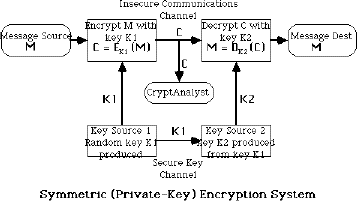
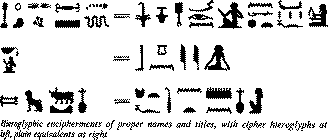


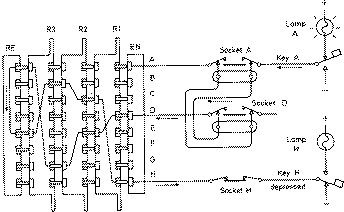
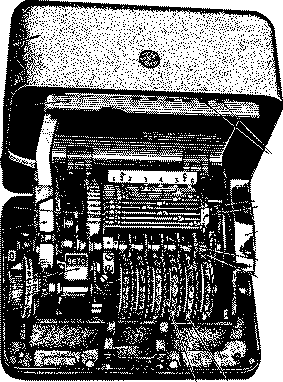
 ie mapping is
ie mapping is 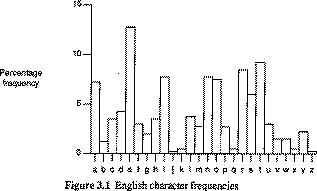
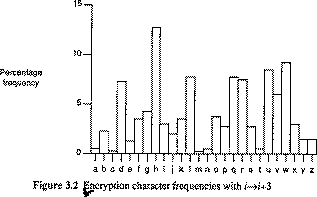


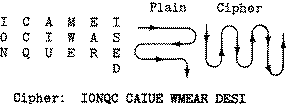

0 comments:
Post a Comment